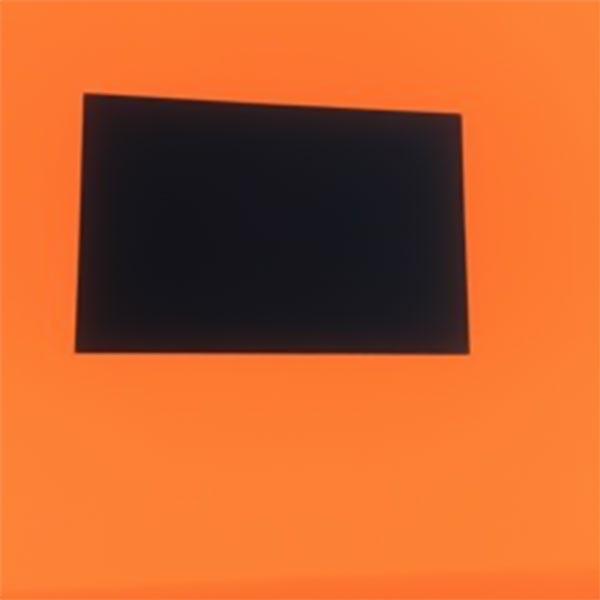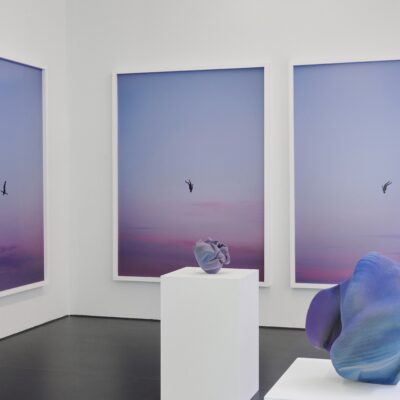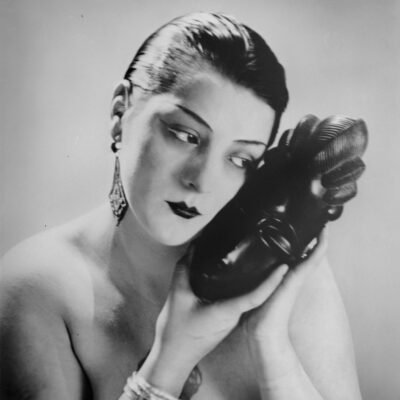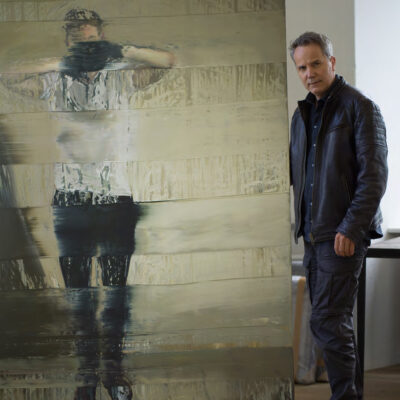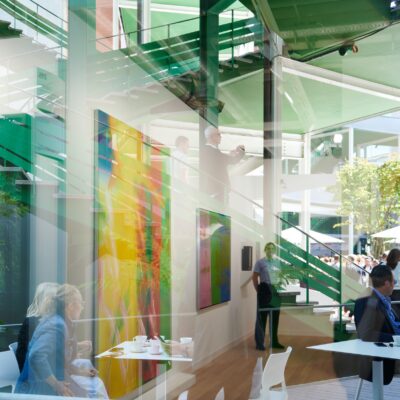The Middle Kingdom has undergone unprecedented development at a relentless pace. Since the end of the Cultural Revolution, only 35 years have been necessary for China to evolve from the Middle Ages to a dynamic and connected modernity. This radical transformation, unprecedented in history, eventually finds resonance in the development of the artistic scene and the relation to art, especially contemporary art.
For the first generation of Chinese contemporary artists, artistic expression has been strongly influenced by emancipation from being mere producers of propaganda material. Their work is expressing criticism towards the shift of society from communist ideology to mass consumption.

It later gave way to abundant artistic production that held many cultural and historical references of ancient China by recapturing the past, but also interrogating the current development of the country and its related excesses. This combination of currents, sometimes antagonistic, have made the Chinese contemporary art scene fascinating, multi-faceted, and without hesitation one of the most interesting places in the world.
Today, yet another dynamic is engaged, since China isn’t a closed country anymore: Chinese artists and collectors are in permanent and constant exchange with the rest of the world. This new constellation is of great significance, as China is no longer a place of emerging art only, but has become a vibrant territory of global importance with a high density of museums, galleries and art fairs.

Many leading international galleries now have a branch in China. Dashanzi is the capital’s district that is referred to as Beijing Soho, with its many art centers, artists’ studios and galleries. PACE from New York, the Italian Galleria Continua, and many others, have established themselves there, showcasing leading Chinese and international artists in spectacular settings.

A few hundred meters from Tiananmen Square where the People’s Congress just elected Xi Jinping President for life, the art-lover can silently withdraw from the noise of the city of 20 million, immersing oneself into James Turrell’s “Gathered Skies”, an installation by the great American artist. At dusk, the spectator is lying on the ground, silent witness to the striking optical effects of a square of twilight sky. This installation, which plays with science, nature and art, has undoubtedly museum-quality features. It becomes symbolic of the qualitative and quantitative contemporary art offer available in China that has lastingly transformed the Middle Kingdom



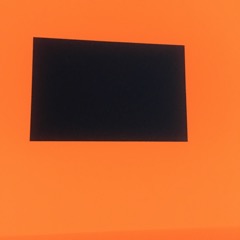
James Turrell, Gathered Skies, Pace Gallery Beijing
But the art scene in China is also teaching new ways of interacting with art: The James Turrell installation is the brainchild of individuals and is a fully private initiative. Located in the compound of an old temple near the Forbidden City, the ancient buildings have been transformed into a boutique hotel and art gallery. China is the land of possibilities: art philanthropy, business development and heritage building conservation go hand in hand. This might be another aspect to learn from.
Thank you to guest contributor Annette Borla. Annette is an independent advisor for art and collectible assets. This article was first published in April 2018.
